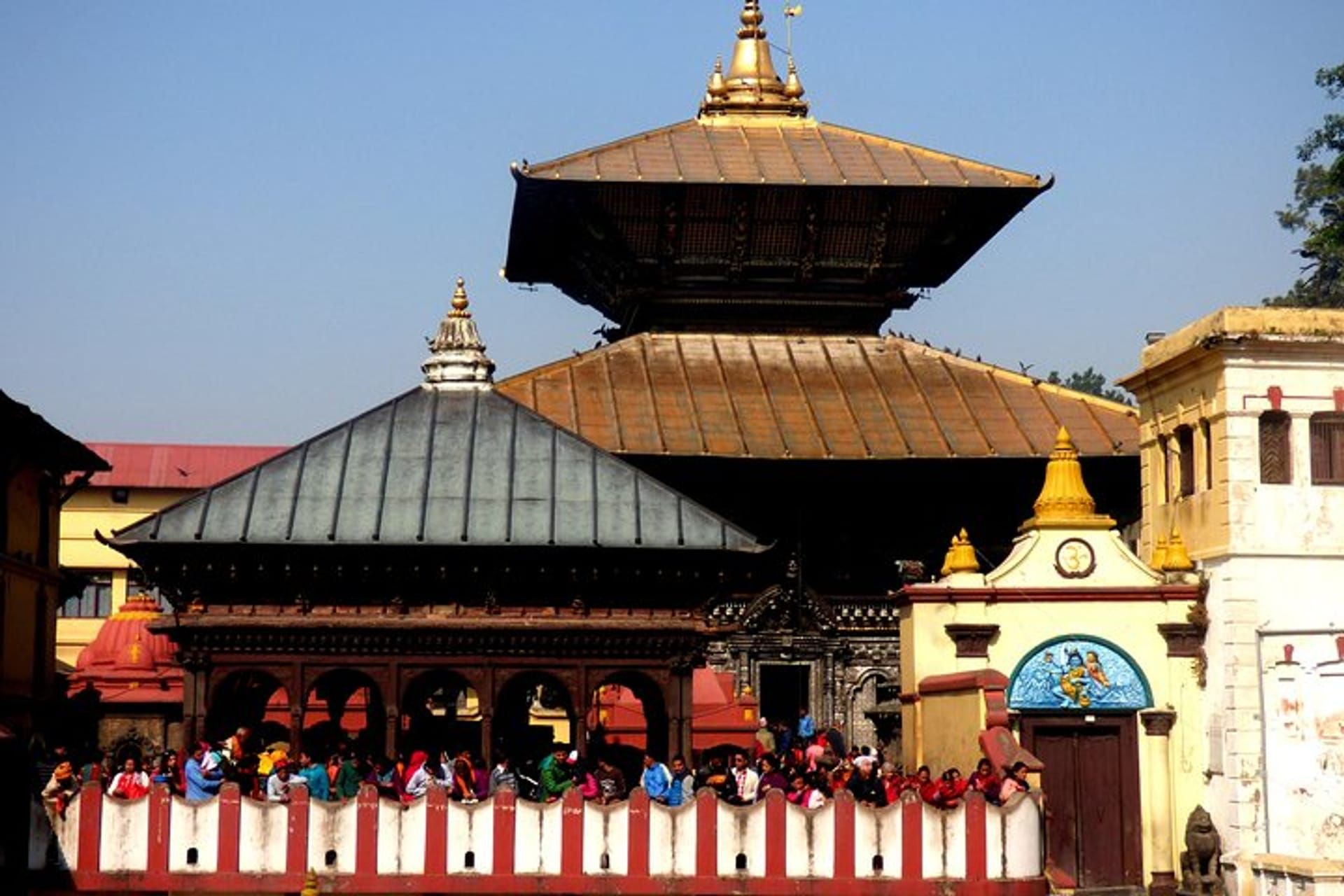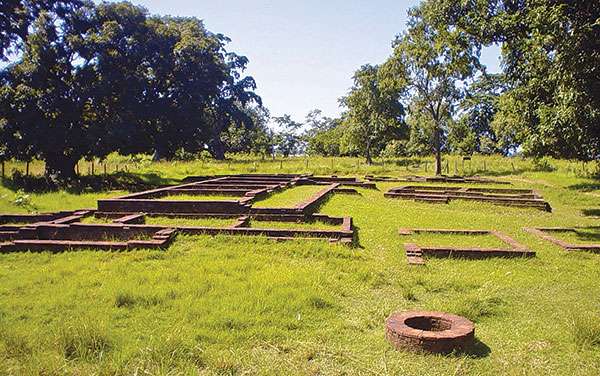Pashupatinath Temple is one of the most sacred Hindu temples in the world, dedicated to Lord Shiva. Located on the banks of the holy Bagmati River in Kathmandu, Nepal, it holds immense religious and cultural significance. Here’s a breakdown of its key aspects:
Pashupatinath Temples

Religious Significance:
- Lord Shiva’s Abode:
- Pashupatinath is considered the principal deity, “Pashupati,” meaning “lord of the animals.”
- It’s a crucial pilgrimage site for Hindus, particularly Shaivites (worshippers of Shiva).
- Spiritual Practices:
- The temple is a center for various Hindu rituals, including cremation ceremonies along the Bagmati River.
- It’s believed that dying and being cremated here leads to liberation (moksha).
- Festivals:
- Maha Shivaratri is the most significant festival, attracting hundreds of thousands of devotees.
Cultural and Historical Importance:
- UNESCO World Heritage Site:
- The temple complex is recognized for its cultural and historical value.
- Ancient Origins:
- Historical records suggest the temple’s existence dates back to at least the 5th century CE.
- Architectural Features:
- The main temple features a pagoda-style architecture with a golden roof and silver doors.
- The complex includes numerous temples, shrines, and ashrams.
- Bagmati River:
- The Bagmati River itself is considered very holy, and integral to the temples rituals.
Key Features and Observations:
- Cremation Rituals:
- Open-air cremations are a common sight along the riverbanks, providing a unique and often moving cultural experience.
- Sadhus:
- Holy men (sadhus) are frequently seen in the temple complex, adding to the spiritual atmosphere.
- Temple Complex:
- The Pashupatinath area is a large complex with many smaller temples, and areas of spiritual importance.
- Access:
- The main temple’s inner sanctum is generally restricted to Hindus. However, other parts of the complex are open to visitors.
Pashupatinath Temple is more than just a place of worship; it’s a living testament to Hindu traditions and a significant cultural landmark in Nepal.



